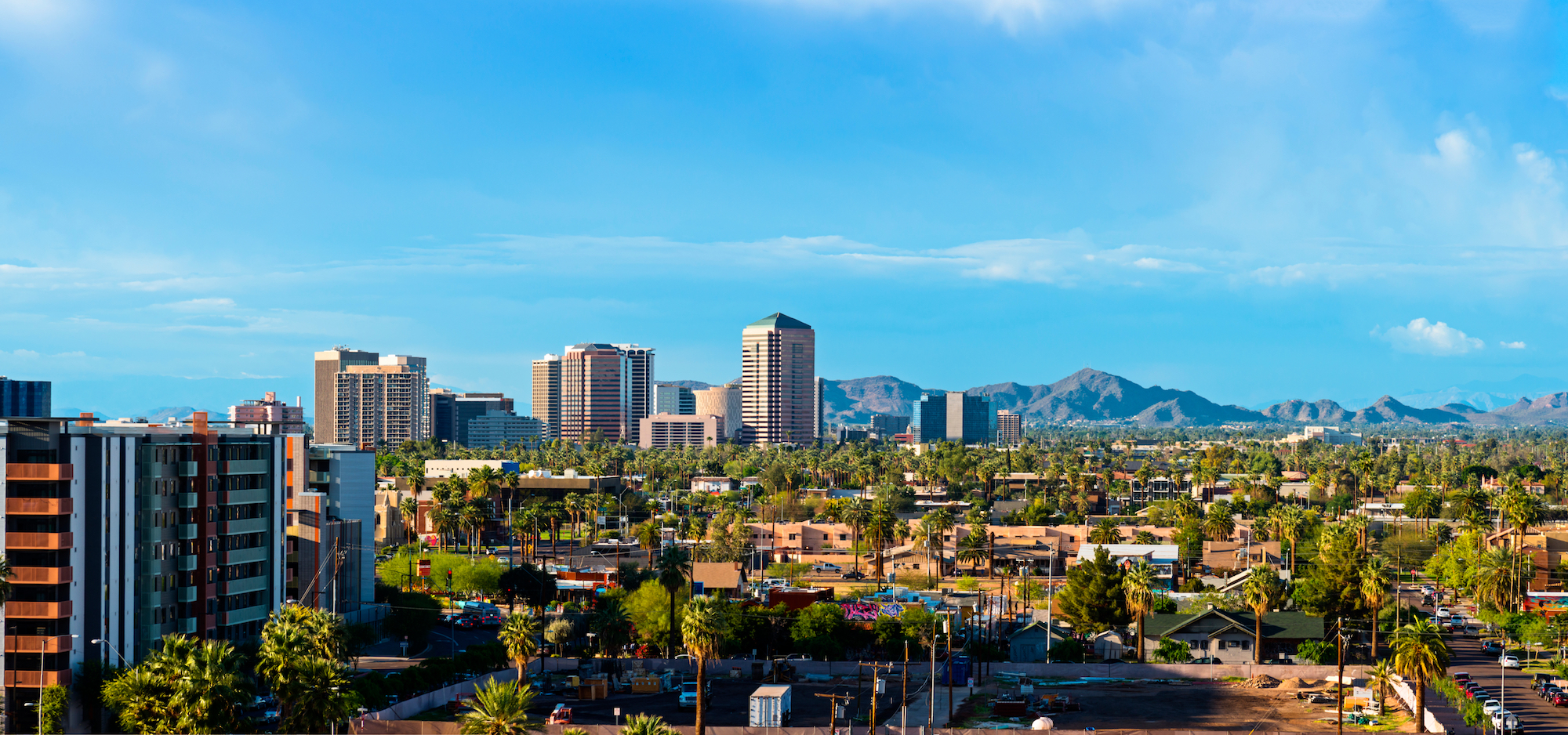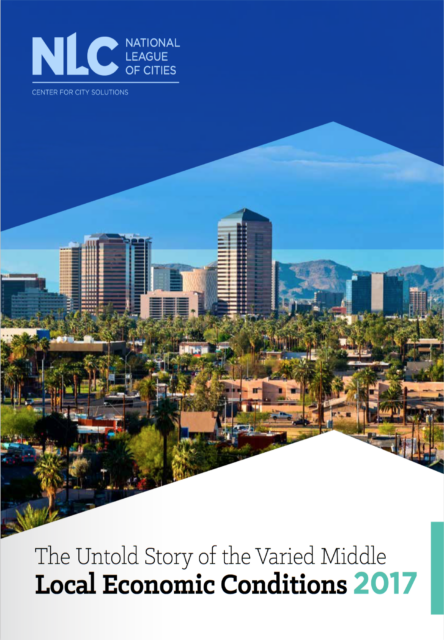Rural vs. urban. It’s a simple yet compelling narrative about the dichotomous relationship between place and economic growth. It has become our frame of reference for everything from the opioid epidemic to national election results. Often this characterization is meaningful, particularly to describe post-recession economic trends in the broadest of terms. But digging deeper reveals an even more dynamic economic landscape, particularly among mid-sized cities.
Local Economic Conditions 2017 gauges the performance of key local economic indicators from the unique vantage point of those who are held most accountable for prosperity and equity in cities: their chief elected offcials. This year’s results are based on responses from 224 cities across population sizes and locations within and outside metropolitan areas.
We conducted a cluster analysis to clearly identify how specific economic factors converge and give rise to distinct types of local economies. Five groupings of local economies emerged: a highly rural cluster; a large central city cluster; and three distinct types of mid-sized local economies. In the report that follows, we further define these economic types to offer an aggregate picture of local economic trends while recognizing the variations across cities.

